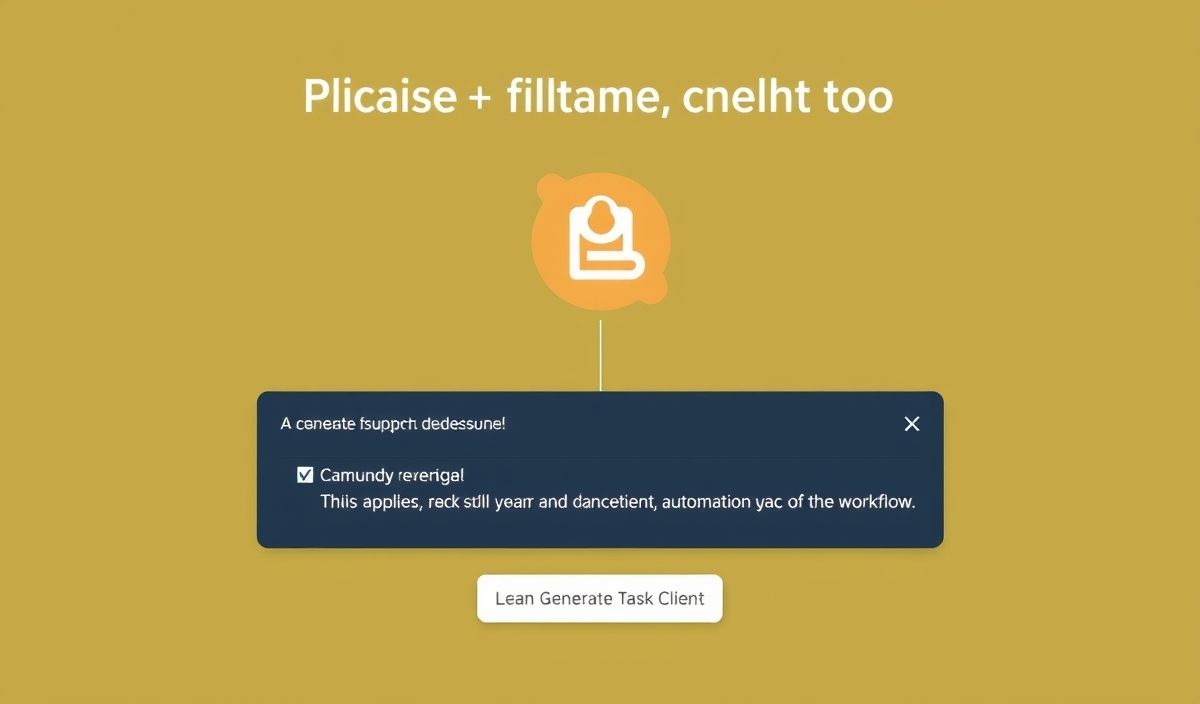Introduction to Add-Values API
The add-values API is a powerful tool designed to streamline the process of adding and managing values in various applications. By leveraging this API, developers can enhance their apps’ functionality and provide users with a seamless experience. In this guide, we will explore the add-values API and provide numerous examples to help you get started.
Let’s dive into some key functionalities and code snippets:
API Examples
1. Adding Single Value
This example demonstrates how to add a single value using the add-values API:
const addValue = (value) => {
return fetch('/api/add', {
method: 'POST',
headers: {
'Content-Type': 'application/json'
},
body: JSON.stringify({ value })
})
.then(response => response.json())
.catch(error => console.error('Error:', error));
};
addValue('newValue');
2. Adding Multiple Values
Here is how you can add multiple values at once:
const addValues = (values) => {
return fetch('/api/add-multiple', {
method: 'POST',
headers: {
'Content-Type': 'application/json'
},
body: JSON.stringify({ values })
})
.then(response => response.json())
.catch(error => console.error('Error:', error));
};
addValues(['value1', 'value2', 'value3']);
3. Updating Existing Value
Example for updating an existing value:
const updateValue = (id, newValue) => {
return fetch(`/api/update/${id}`, {
method: 'PUT',
headers: {
'Content-Type': 'application/json'
},
body: JSON.stringify({ value: newValue })
})
.then(response => response.json())
.catch(error => console.error('Error:', error));
};
updateValue(1, 'updatedValue');
4. Deleting a Value
To delete a value, use the following API example:
const deleteValue = (id) => {
return fetch(`/api/delete/${id}`, {
method: 'DELETE',
headers: {
'Content-Type': 'application/json'
},
})
.then(response => response.json())
.catch(error => console.error('Error:', error));
};
deleteValue(2);
5. Fetching All Values
You can fetch all values with the following code:
const fetchAllValues = () => {
return fetch('/api/values')
.then(response => response.json())
.catch(error => console.error('Error:', error));
};
fetchAllValues().then(data => console.log(data));
Application Example
Now, let’s see how these APIs can be integrated into an app. Here’s a simple example:
import React, { useState, useEffect } from 'react';
const App = () => {
const [values, setValues] = useState([]);
const [newValue, setNewValue] = useState('');
useEffect(() => {
fetchAllValues().then(setValues);
}, []);
const handleAddValue = () => {
addValue(newValue).then(() => {
fetchAllValues().then(setValues);
setNewValue('');
});
};
return (
Values
{values.map(value => (
- {value.name}
))}
setNewValue(e.target.value)}
/>
);
};
export default App;
This app allows users to view, add, and manage values seamlessly. Using the provided APIs, we ensure that the app is dynamic and user-friendly.
Happy coding!
Hash: 4415b623ccee2cf14cf2bc9f728d2d4be2ab8e03014c985be07f449ed1f4af7f




